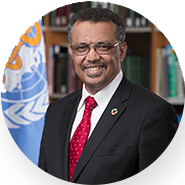
Dr Tedros Adhanom Ghebreyesus
Director-General's foreword
At the same time, amid this unprecedented global emergency, WHO has continued to support countries to address the myriad health challenges they face. Even with the impact of the pandemic, WHO was able to achieve most of what we set out to do.
This year’s Results Report, for the 2020-21 biennium, highlights how WHO staff around the world have worked tirelessly to support countries to respond to the COVID-19 pandemic, as well as responding to dozens of other emergencies around the world, including the war in Ukraine. At the same time, we have continued our work against longstanding health challenges, including the recommendation for broad use of the world’s first malaria vaccine, and we are closer than ever to eradicating polio. And we continued to support countries to introduce measures against major disease drivers including tobacco and trans fatty acids.
The report illustrates our commitment to accountability, transparency and delivering for impact. It provides a systematic account of how WHO supports countries in their work towards universal health coverage, healthier populations, and health emergency preparedness and response. It also shows how we strengthened WHO’s leadership role. WHO’s commitment to accountability aims to build trust with our Member States and partners, and to support the sustainable financing and success of the Organization.
The recommendation by the Member State Working Group on Sustainable Financing to increase assessed contributions to 50% of WHO’s core budget by the 2028-29 biennium is a major step towards empowering WHO to deliver the high-quality, efficient programming and accountability that Member States demand of us, and that the world needs to face an unpredictable future. Our priority in the coming years is to ensure that even more resources are invested in our work in countries, where it matters most.
I thank all WHO staff, who continue to demonstrate the values of commitment, integrity, collaboration, compassion and excellence; and I thank all Member States for their continued support and commitment to promote health, keep the world safe and serve the vulnerable.

Executive Summary
Measurable impact in countries lies at the heart of WHO’s mission to promote health, keep the world safe, and serve the vulnerable. WHO’s strategy, the Thirteenth General Programme of Work, 2019–2023 (GPW 13) focuses on delivering measurable improvements to health in all countries. The Executive Board recommended the extension of the period of the GPW 13 from 2023 to 2025. GPW 13 set triple billion targets for healthier populations, universal health coverage and health emergencies (one billion more people enjoying better health and well-being, one billion more people benefitting from universal health coverage, and one billion people better protected from health emergencies by 2023), based on the Sustainable Development Goals. It also defines how WHO will help countries attain the targets through leadership, global public health goods and technical products, and country support. The GPW 13 triple billion targets continue to be a powerful force to drive and deliver change. They provide a unified approach to achieving the health-related Sustainable Development Goals and contribute to improvements in healthy life expectancy.
Continue reading the full executive summary
Feature stories
2020-2021, a biennium of colossal challenges in health, with many successes and setbacks. WHO’s unique and critical role to support countries face these challenges is shown in these stories below.
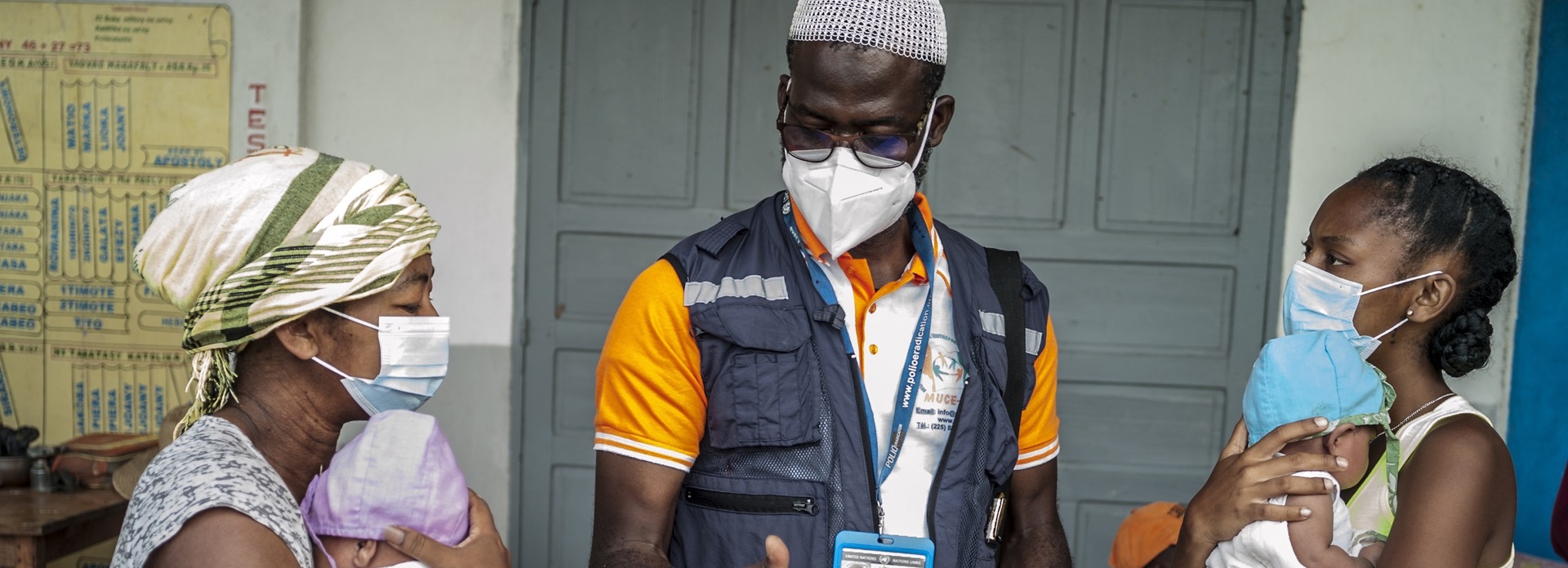
The world was off track to reach most of the triple billion targets and the health-related Sustainable Development Goals before the coronavirus disease (COVID-19) pandemic, and it is even further off track now.
The aim of the GPW triple billion targets is to improve the health of millions of people around the world by 2023. They will provide a near-term snapshot of the world's progress towards the Sustainable Development Goals (SDGs) for 2030.
Current projected progress in reaching the triple billions targets

 ACHIEVING 1 BILLION MORE PEOPLE LIVING WITH BETTER HEALTH AND WELL-BEING
ACHIEVING 1 BILLION MORE PEOPLE LIVING WITH BETTER HEALTH AND WELL-BEING
Healthier populations: Although the billion target is projected to be almost reached by 2023, progress is about one quarter of what is needed to reach the related Sustainable Development Goals by 2030. Prior to the COVID-19 pandemic, estimates suggested that 900 million more people would be enjoying better health and well-being in 2023 compared to the 2018 baseline. Current progress reflects improvements made in access to clean household fuels, safe water and sanitation (WASH), and tobacco control. In other areas like obesity and malnutrition, the situation is stagnant or even worsening. Looking ahead, we now know that to achieve the health-related Sustainable Development Goals, the target needs to be almost 4 billion people reached for every 5-year period. To achieve this, greater focus is being placed on leading indicators for premature mortality and morbidity, such as tobacco, air pollution, road injuries and obesity, which are key levers for increasing healthier lives. Additionally, attention to inequalities between and within countries will be critical, since 80% of the progress in this target to date has been driven by only a handful of countries. To achieve global targets and health for all, it is necessary to ensure that efforts are sustained and that evidence-based policy solutions are not only produced but also are being implemented and driving action in countries.
Access | Triple Billion Dashboard
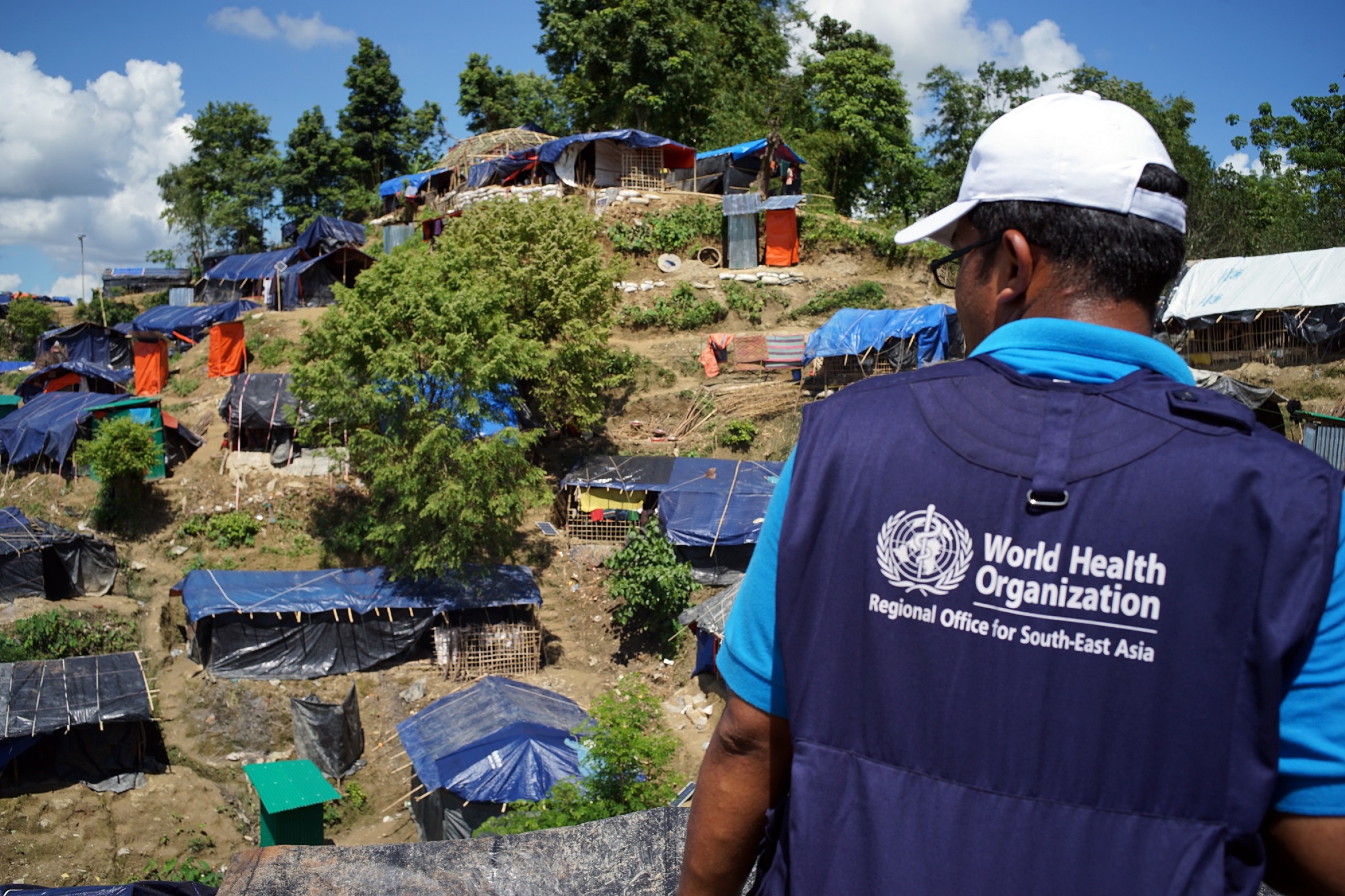
 ACHIEVING 1 BILLION MORE PEOPLE BETTER PROTECTED FROM HEALTH EMERGENCIES
ACHIEVING 1 BILLION MORE PEOPLE BETTER PROTECTED FROM HEALTH EMERGENCIES
Health emergencies protection: Although initial projections anticipated that the billion target for health emergencies protection could be met by 2023, COVID-19 has revealed that no country is fully prepared for a pandemic of such scale. The Prepare indicator shows that country-level preparedness capacities have increased since the 2018 baseline. However, COVID-19 highlighted limitations in current metrics and has prompted the evolution of assessment methods and systematic processes to ensure they are more predictive, dynamic and holistic. Some activities central to health emergencies protection have been disrupted by the COVID-19 pandemic, with the Prevent indicator showing more countries experiencing decrease in vaccine coverage for priority pathogens than in the previous year. Equitable access, prevention strategies, and catch-up vaccination efforts must be prioritized, scaled up and accelerated so that coverage does not further decline. The Detect, Notify and Respond indicator shows a different trend: that countries improved the timeliness for detecting events and strengthened critical public health functions such as surveillance. These gains and investments need to be sustained and expanded to cover an increasing number of emergencies. Protecting people in fragile, conflict-affected and vulnerable settings who are disproportionately affected by health emergencies is also critical to ensure that no one is left behind. WHO is working with Member States and partners to act on recent reviews, recommendations and resolutions so that the COVID-19 pandemic is the last of its kind.
Access | Triple Billion Dashboard
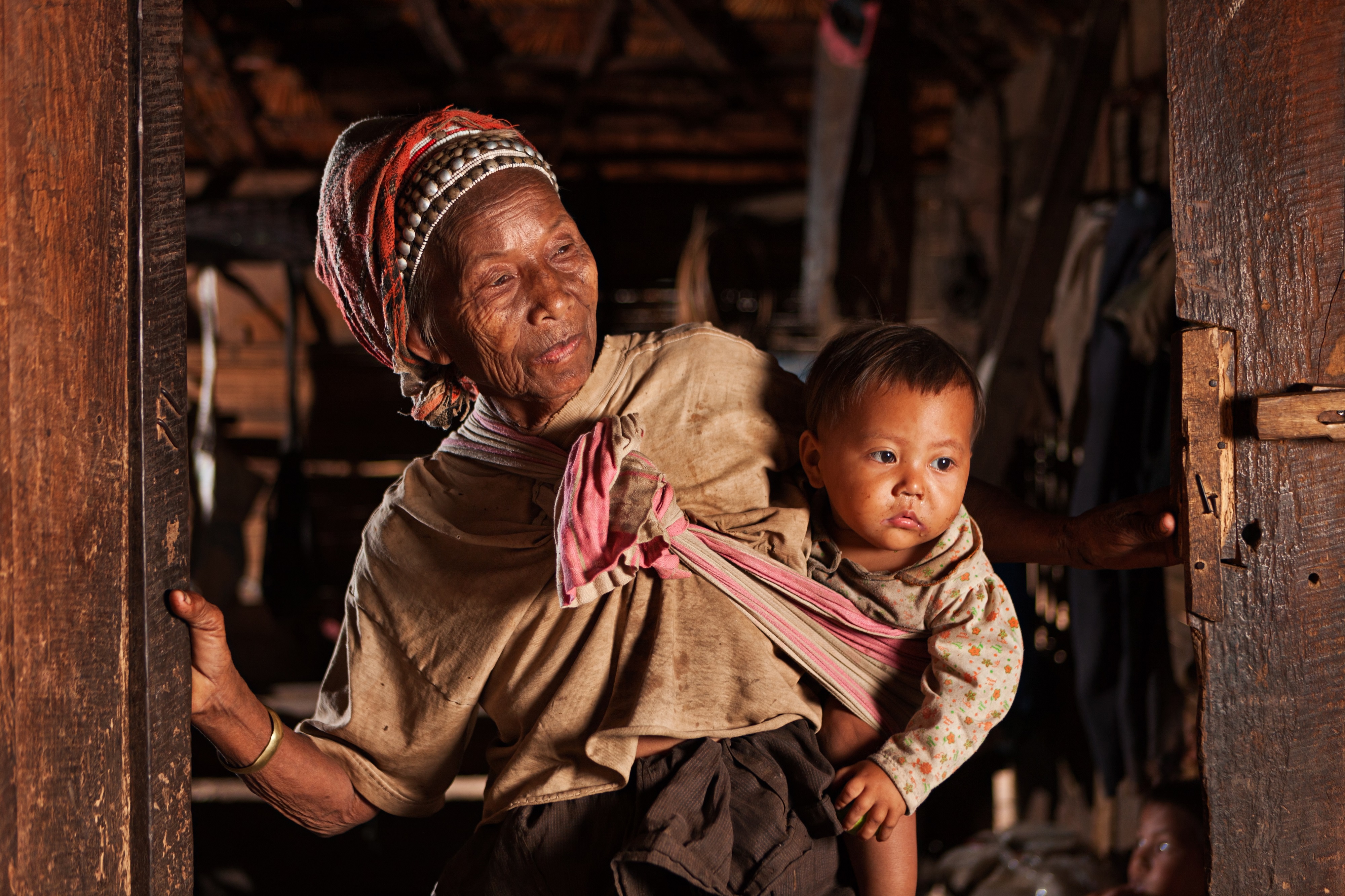
 ACHIEVING 1 BILLION MORE PEOPLE BENEFITING FROM UNIVERSAL HEALTH COVERAGE
ACHIEVING 1 BILLION MORE PEOPLE BENEFITING FROM UNIVERSAL HEALTH COVERAGE
Universal health coverage: The billion target will not be reached by 2023, and progress is less than one quarter of that needed to reach Sustainable Development Goal 3.8 to achieve universal health coverage by 2030. Current estimates suggest that without course correction, we will fall short by 730 million people of reaching 1 billion more people with universal health coverage in 2023. WHO pulse surveys on the impact of the COVID-19 pandemic reported that 94% of countries experienced disruption to essential health services, which increases the shortfall to 840 million. Overall, progress is still being made with average service coverage improving in most countries; but concerted efforts to meet service delivery targets in specific areas like HIV treatment, childhood immunization and blood pressure control would help to reduce the current gap in reaching the billion target by nearly half. Attention to financial hardship due to health-related spending is also timelier than ever. Over the past two decades, 92 countries have experienced little change or worsening trends in financial protection – which is now exacerbated by the continuing COVID-19 pandemic. Taking action on recommended policies to minimize fragmented approaches to coverage, establishing universal guarantees focused on high priority health services, and establishing budgetary measures to ensure funds flow to these services, can accelerate progress in both financial protection and service coverage. Primary health care, with its focus on multisectoral action, integrated health services, community empowerment and strengthening overall health systems functions, is a key approach towards realizing universal health coverage.
Access | Triple Billion Dashboard
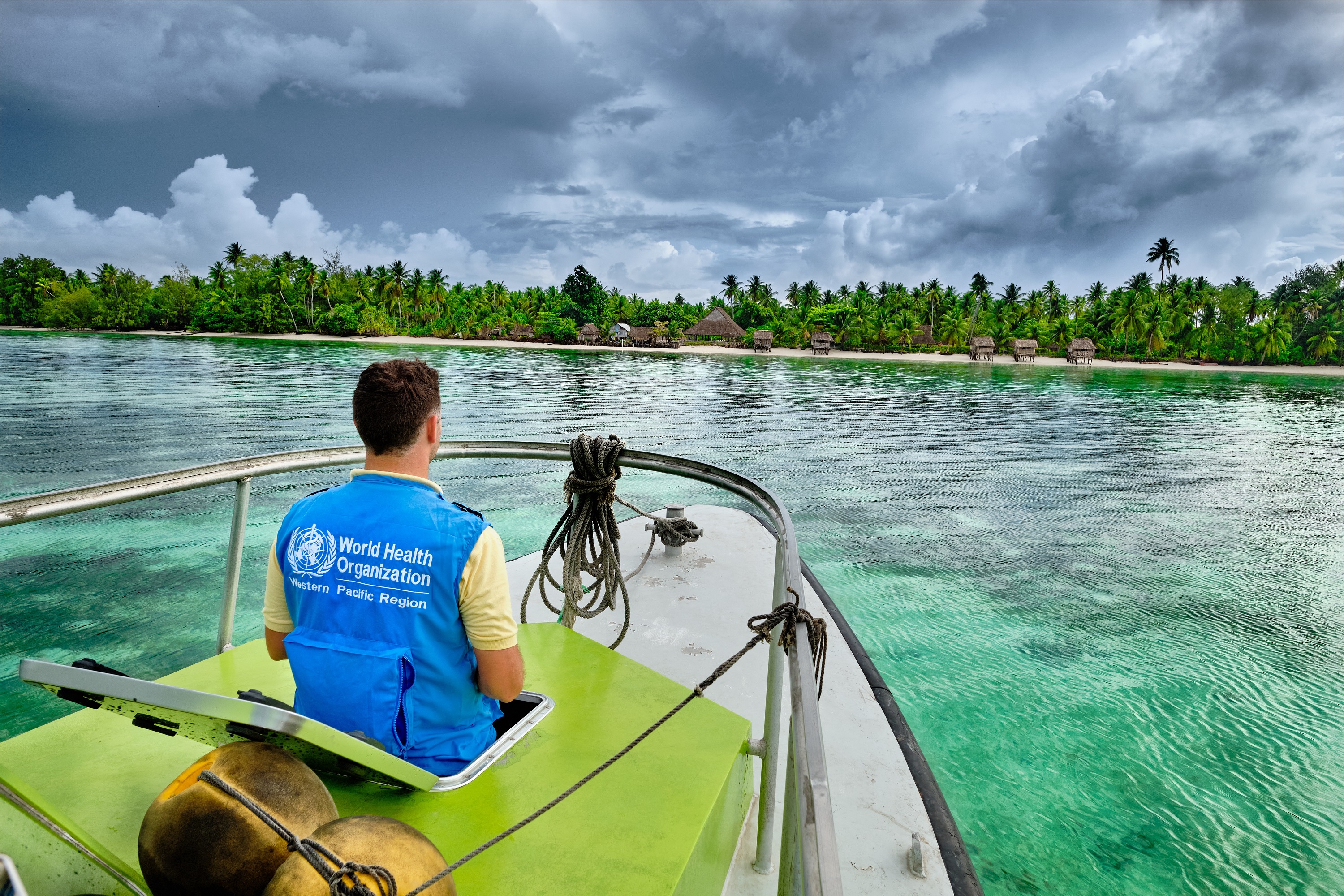
A MORE EFFECTIVE AND EFFICIENT WHO PROVIDING BETTER SUPPORT TO COUNTRIES
Outcome highlights
During the biennium 2020-2021, countries put up enormous efforts to address the unrelenting COVID-19 pandemic, with the world’s largest and fastest vaccination drive ever to rollout new COVID-19 vaccines. Despite this, 3.5 million lives were lost to the disease and vaccine hoarding and nationalism led to stark inequities. In many other areas, there were historic achievements, including a record low in cases of wild polio virus, a decline in tobacco users, and important actions to improve food systems.
-
Vaccine equity
One billion COVID-19 vaccines were delivered over 12 months by the COVAX Facility, which has been a lifeline to low-income countries.
-
Eliminate trans fats
58 countries, covering 3 billion people, now have policies to eliminate trans fat, a toxic chemical used in processed foods.
-
Tobacco use
Tobacco use is decreasing in 150 countries thanks to measures mandated by WHO's Framework Convention on Tobacco Control.
-
COVID-19 vaccines
WHO listed 10 COVID-19 vaccines for emergency use after safety and efficacy assessments, upon which 101 countries authorized their use within 15 days.
-
Wild polio virus
Wild polio virus cases reached the lowest levels ever in 2021, with just six cases globally.
-
HIV/Syphilis
15 countries have eliminated mother-to-child transmission of HIV and/or syphilis.
-
Malaria vaccine
The world’s first and only malaria vaccine is expected to save 40 000 to 80 000 lives a year, when used with other malaria control interventions.
-
Yellow fever
In 2020-2021, WHO supported vaccinating an estimated 52 million people against yellow fever and shipped 100 million doses
-
Emergency response
WHO responded to 87 graded health emergencies in 2020-2021 including COVID-19, which alone caused a reported 6 million deaths.
FUNDING AND IMPLEMENTATION PROGRAMME BUDGET SUMMARY
WHO’s biennial Programme budget is based on the principles of transparency, accountability and providing value for money
BUDGET HIGHLIGHTS
The Programme Budget 2020-2021 broke all-time records in terms of programme budget funding and implementation
-
US$ 2 billion (34%) more funded than in 2018–2019 and US$ 1.3 billion (25%) more implemented
-
Top 20 contributors provided 71% of all funds available
-
Country offices US$ 1.1 billion (32%) more funded than in 2018–2019
-
Sustainable financing is critical for addressing persistent funding imbalances between major offices and outcomes
-
57% allocated to country level of total funding available in 2020-2021
-
59% were flexible and thematic funds of all funds available at regional and country levels.
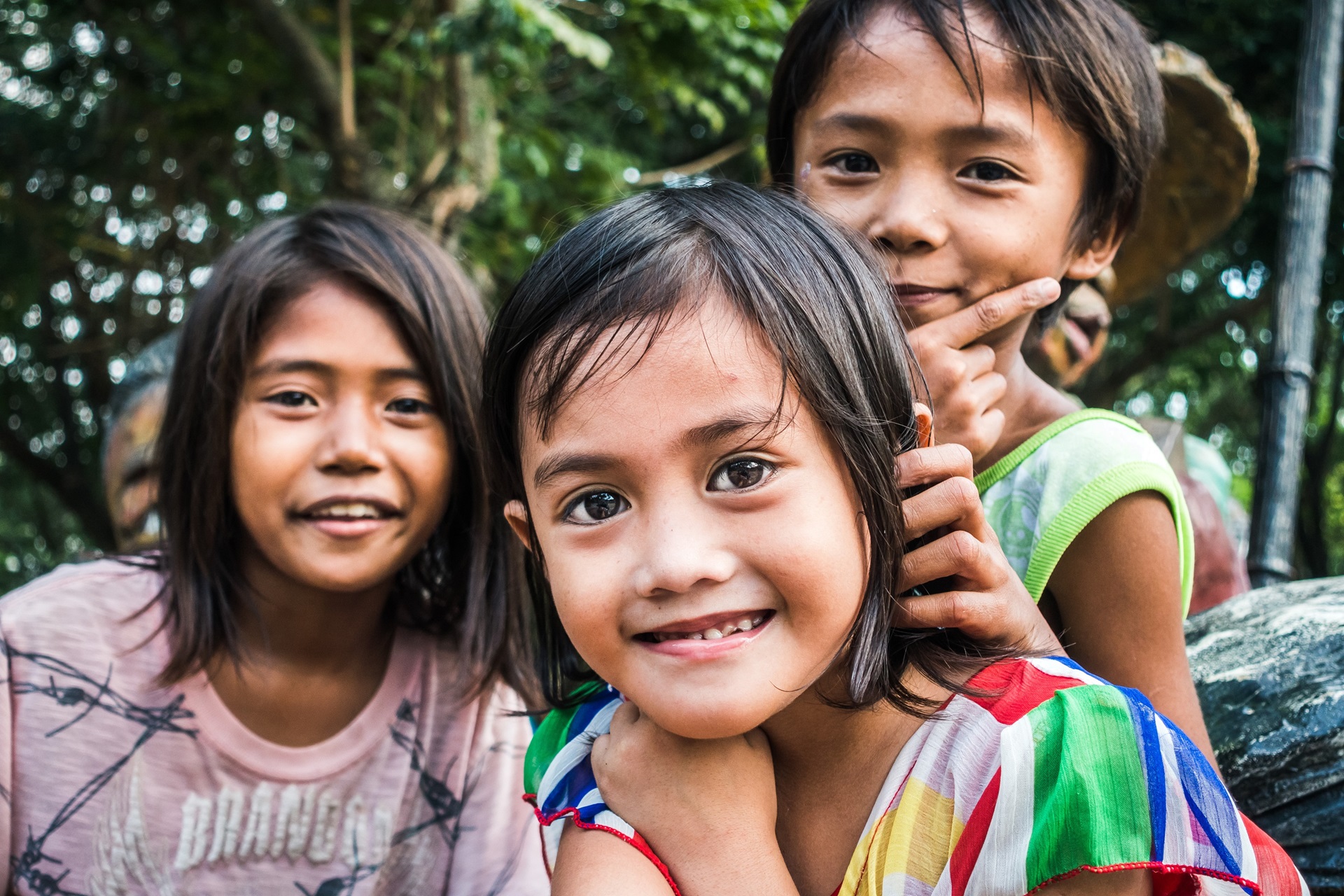
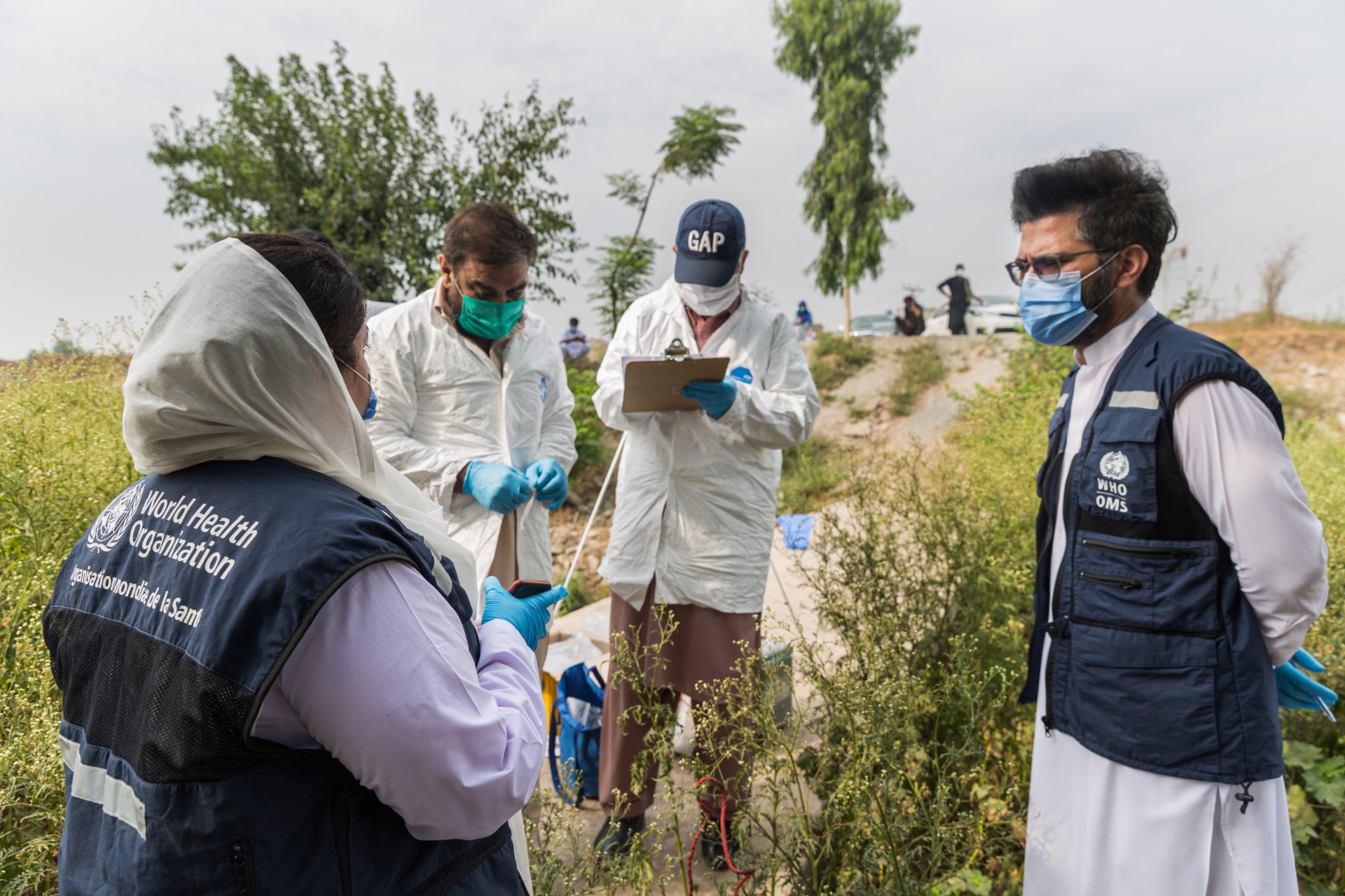
























/news/mother-and-child-cambodia.png?sfvrsn=2ba973c4_8)
/feature-stories/health-worker-providing-curative-services-malaria-cameroon.jpg?sfvrsn=9f40175c_4)































.jpg?sfvrsn=12c5f63d_12)



















































































